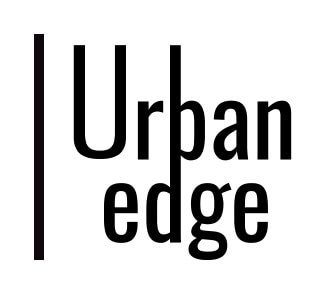Investors in 2025 face persistent inflationary pressures, making it essential to look beyond traditional stocks and bonds to protect and grow wealth. Alternative investments can offer strong inflation-beating potential, portfolio diversification, and unique risk-return profiles. Here are the top five alternative investments to consider in 2025 to help safeguard your purchasing power.
1. Real Estate and Real Estate Income
Real estate has long been a favored hedge against inflation. As prices rise, so do property values and rental income, allowing landlords and property owners to keep pace with or even outpace inflation. Investing in physical properties, real estate investment trusts (REITs), or fractional real estate platforms can provide exposure to this asset class. While direct ownership offers control and potential for appreciation, it also comes with higher transaction costs and less liquidity. REITs, on the other hand, offer easier access and can be traded like stocks, but may be more sensitive to interest rate changes.
2. Commodities and Gold
Commodities, especially gold, are traditional inflation hedges. Gold is seen as a store of value during periods of currency devaluation, and commodities like oil, agricultural products, and metals often see price increases when inflation rises. Investors can access commodities through exchange-traded funds (ETFs), commodity-focused mutual funds, or direct ownership. However, while gold generally maintains value, it does not generate income, and commodity prices can be volatile, so diversification within this asset class is important.
3. Private Equity and Venture Capital
Private equity involves investing in private companies or buyouts rather than publicly traded stocks. These investments can offer higher returns than public markets, especially as private companies may be more agile in adjusting to inflationary environments. Venture capital, a subset of private equity, targets early-stage, high-growth companies-often in technology or innovative sectors. Both require longer investment horizons and come with higher risks and lower liquidity, but they can deliver significant returns that outpace inflation over time.
4. Cryptocurrencies and Digital Assets
Digital assets, particularly cryptocurrencies like Bitcoin and Ethereum, have gained traction as alternative stores of value. Their decentralized nature and limited supply appeal to investors seeking protection from fiat currency devaluation. While cryptocurrencies are highly volatile and speculative, their potential for outsized returns and growing institutional adoption make them a notable inflation hedge for risk-tolerant investors. Fractional ownership and blockchain-based assets (like NFTs) are also emerging as new frontiers within this space.
5. Alternative Credit and High-Yield Bonds
Alternative credit includes private debt, direct lending, and high-yield bonds. These instruments often offer higher yields than traditional government or investment-grade bonds, helping to offset inflation’s erosive effects. Private credit, in particular, allows investors to lend directly to companies, often at floating rates that adjust with inflation. High-yield bonds, while riskier than government bonds, have historically outperformed in inflationary periods as companies pass on higher costs to consumers.

